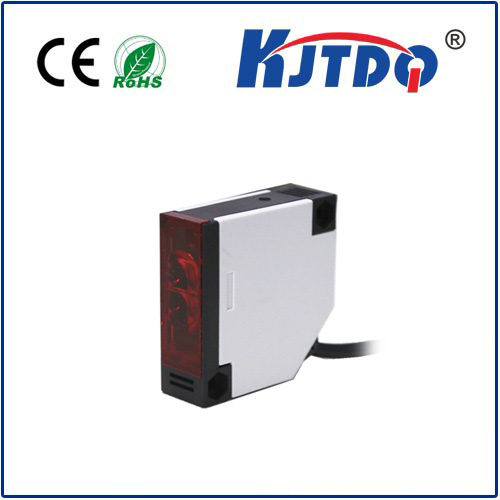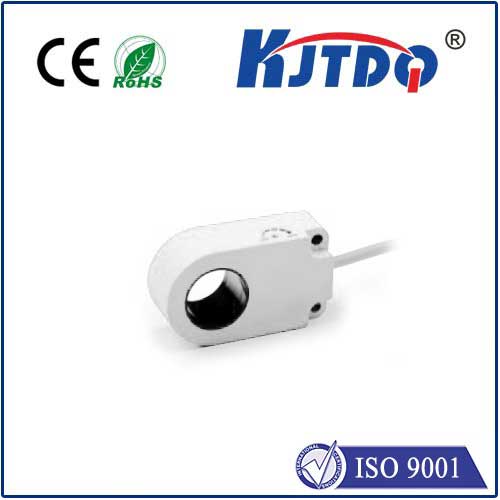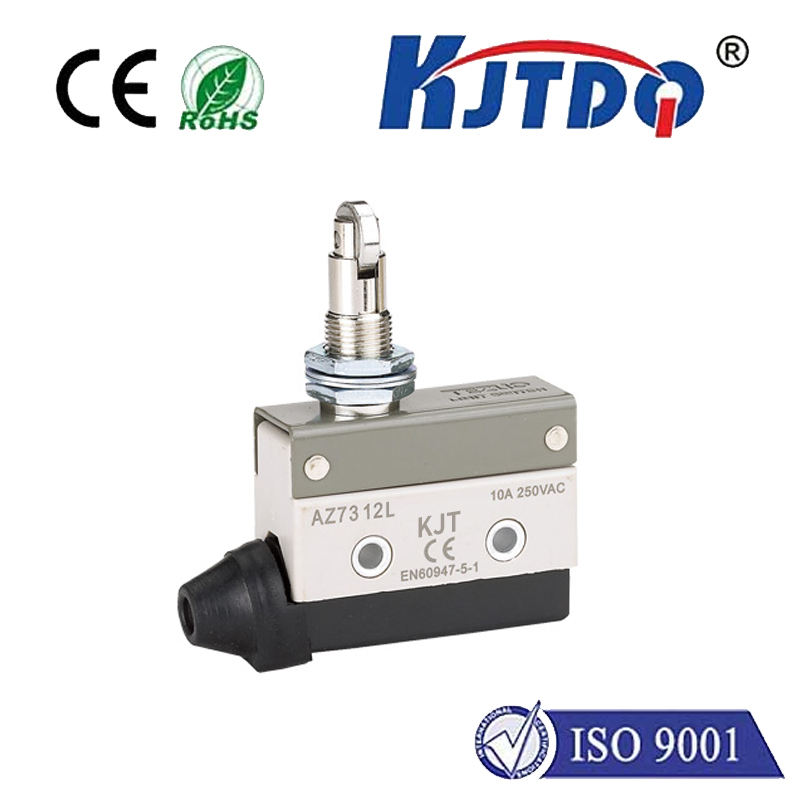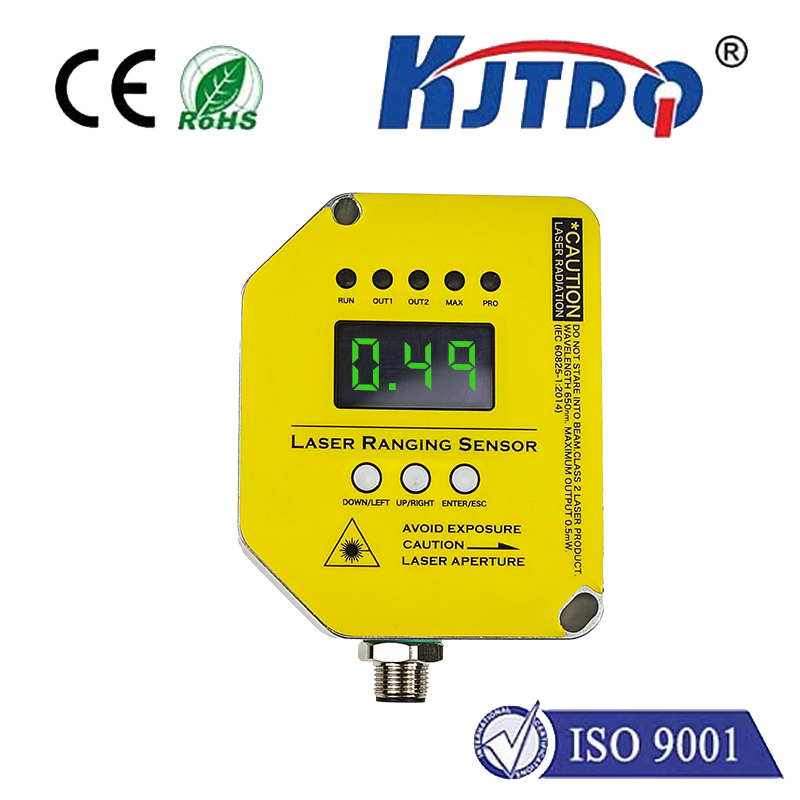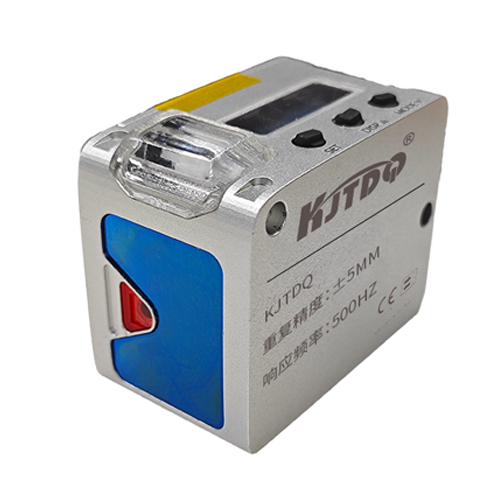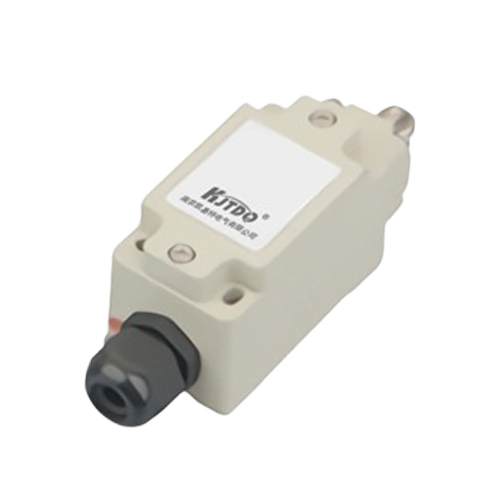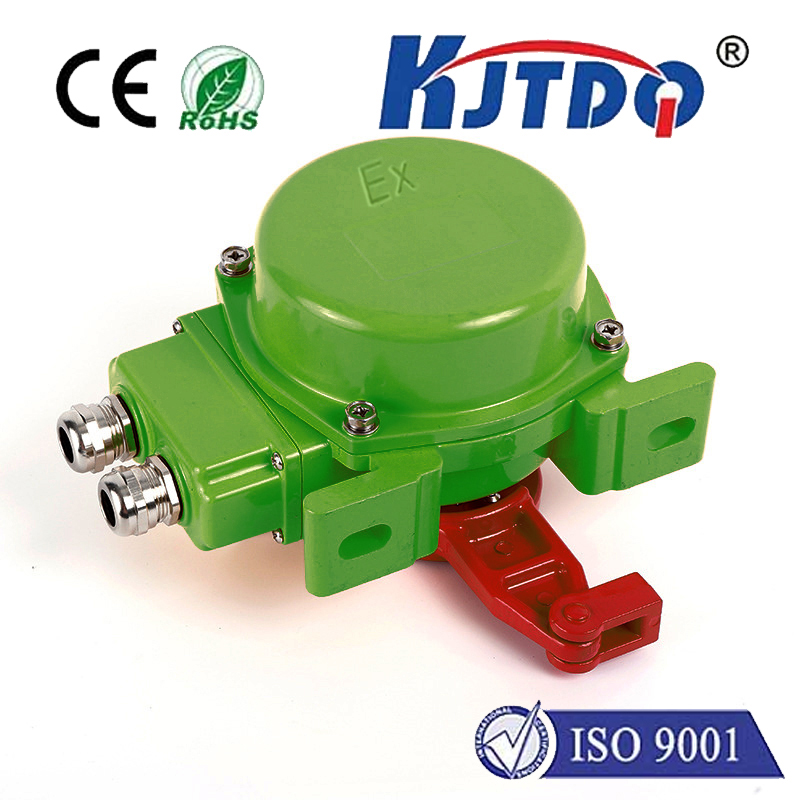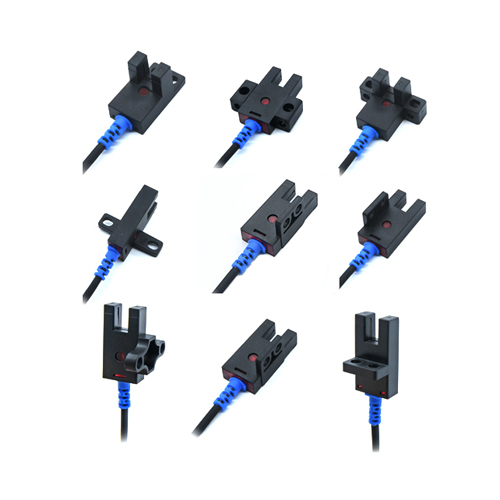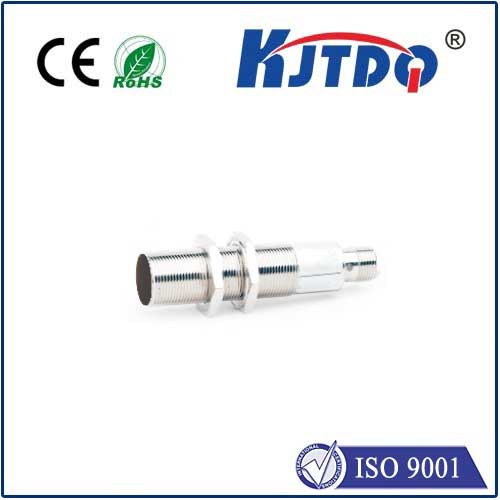Title: High Temperature Pressure Transmitter
- time:2024-10-22 02:09:15
- Click:0

Introduction
A high temperature pressure transmitter is an essential instrument used in industries to measure and transmit the pressure of fluids in high-temperature environments. It plays a crucial role in ensuring the safe and efficient operation of industrial processes, providing accurate and reliable pressure readings even under extreme conditions.
Working Principle
High temperature pressure transmitters work on the principle of sensing the pressure of a fluid and converting it into an electrical signal that can be easily monitored and controlled. The transmitter consists of a sensor, which is exposed to the fluid’s pressure, and a transmitter electronics unit, which processes the sensor’s output and converts it into a standardized signal such as 4-20 mA or 0-10 V.
Types of High Temperature Pressure Transmitters
There are several types of high temperature pressure transmitters available in the market, including:
- Diaphragm Transmitters: These transmitters use a flexible diaphragm to sense the pressure of the fluid. They are suitable for applications with low to moderate pressure ranges and temperatures up to 300°C.
- Capacitive Transmitters: These transmitters use capacitors to sense pressure changes. They offer high accuracy and stability and can operate at temperatures up to 400°C.
- Pitot Tube Transmitters: These transmitters use a pitot tube to measure the velocity of the fluid and calculate the pressure based on Bernoulli’s principle. They are suitable for high-pressure applications and temperatures up to 500°C.
Applications
High temperature pressure transmitters are widely used in various industries, including oil and gas, petrochemical, power generation, and food and beverage processing. Some common applications include:
- Boiler Control: High temperature pressure transmitters are used to monitor and control the pressure of steam and hot water in boilers, ensuring safe and efficient operation.
- Exhaust Gas Recirculation (EGR): In automotive engines, high temperature pressure transmitters are used to monitor the pressure of exhaust gases and regulate their recirculation to reduce emissions.
- Chemical Processing: In chemical plants, high temperature pressure transmitters are used to monitor and control the pressure of reactants and products, ensuring consistent quality and safety.
Advantages
High temperature pressure transmitters offer several advantages over other types of pressure sensors, including:
- Accuracy: They provide highly accurate pressure readings even under extreme conditions.
- Reliability: They are designed to withstand harsh environments and can operate reliably for extended periods without maintenance.
- Compatibility: They are compatible with various industrial communication protocols such as HART, PROFIBUS, and Foundation Fieldbus, making them easy to integrate into existing systems.
Conclusion
In conclusion, high temperature pressure transmitters are critical instruments for measuring and controlling pressure in high-temperature environments across various industries. Their accuracy, reliability, and compatibility make them indispensable tools for ensuring safe and efficient industrial processes. As technology continues to advance, we can expect further improvements in the performance and functionality of these essential devices.












